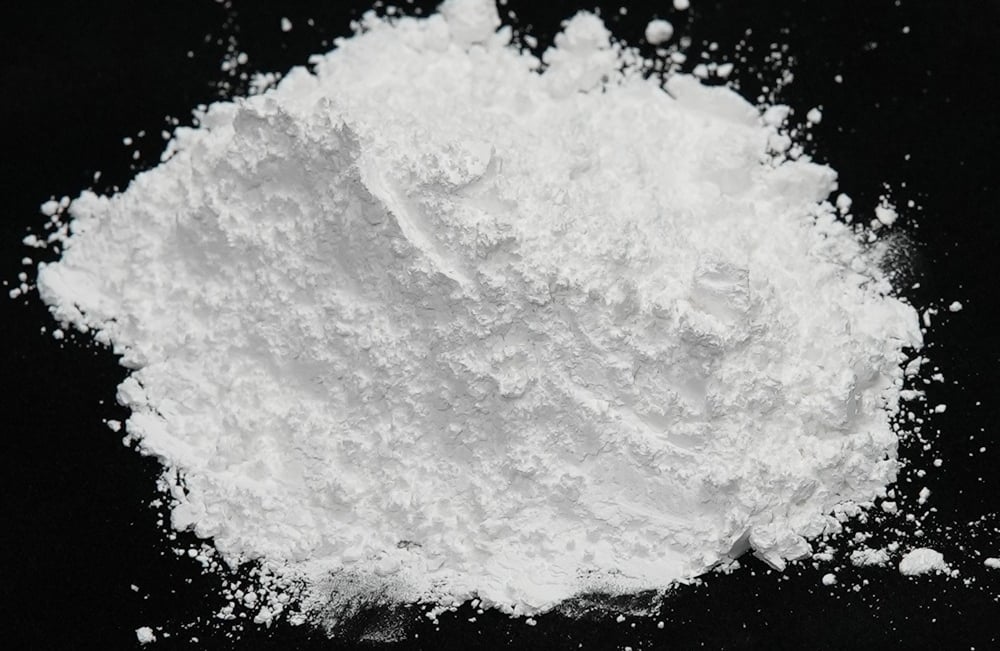The Multiple Uses of Alumina Powder in the Automotive Industry
Step inside any modern car and you’ll find alumina powder quietly performing multiple functions, yet rarely noticed by consumers. Today, let’s lift the hood and see how this white powder deeply participates in the car’s “whole-body” motion.
XINLI ABRASIVE
8/16/20254 min read


Step inside any modern car and you’ll find alumina powder quietly performing multiple functions, yet rarely noticed by consumers. Today, let’s lift the hood and see how this white powder deeply participates in the car’s “whole-body” motion.
Ⅰ. The “Hard Bones” of Brake Pads
“Weak brakes? Most likely the friction material isn’t hard enough!” a technician at a brake pad factory lamented while testing the brakes. Its power is remarkable: adding just 3%-5% to the friction material can dramatically increase the surface hardness of the brake pad. It’s like a micro-layer of armor, preventing it from deforming or falling apart under high-temperature friction. Data from Hangzhou Jikang New Materials shows that the addition of this additive improves brake pad wear resistance by over 15%, making it a cost-saving tool for taxis with frequent starts and stops.
Even better is its durability – acid and alkali corrosion? No problem! 800°C temperatures? Even withstanding! The rust and squealing problems of traditional metal brake pads are easily solved with the nano-alumina-enhanced ceramic formula.
II. “Honeycomb House” for Exhaust Gas Purification
At a Beijing catalyst factory, workers apply a creamy slurry to a honeycomb-shaped ceramic carrier. The core of this slurry is gamma-phase nano-alumina, with a surface area of 130-200 m²/g. This means that one gram of this material, spread out over half the size of a basketball court, is equivalent to 3 times the size.
When vehicle exhaust passes through these nano-coatings, carbon monoxide and nitrogen oxide molecules are firmly adsorbed on the pore surfaces of the alumina. Precious metal catalysts then take action, converting them into harmless gases. A technician at Jingcheng New Materials used an analogy: “Alumina is like the scaffolding of a building, allowing platinum and palladium, the ‘VIPs’, to sit firmly and work harder!”
Experiments have shown that catalysts using 10-30nm alumina increase low-temperature activity by nearly 20%—meaning rapid exhaust purification even during cold starts, crucial for meeting the stringent China VIb emission standards.
III. “Cooling Patch” for Battery Packs
What do new energy vehicle owners fear most? Battery overheating! An engineer at Hangzhou Jiupeng New Materials displayed a tube of toothpaste-like thermal conductive gel: “See that silvery sheen? 60% of it is spherical alumina!” The CY-L15S alumina thermal conductive powder acts like a “cooling patch” for the battery cell.
Traditional silicone grease has a thermal conductivity of only 1.5W/mK, while alumina-filled gel can reach over 6W/mK. Tests on a battery pack from CATL showed that adding an alumina thermal conductive layer reduced the temperature difference in the battery cells during fast charging from 15°C to within 5°C—the smaller the temperature difference, the longer the battery life.
Tianma New Materials’ expansion plan further confirms the booming demand: a project to produce 5,000 tons of high-thermal-conductivity alumina powder annually has commenced, targeting the cooling market for the three-electric systems of new energy vehicles.
IV. Lightweight “Reinforcement Man”
“Reducing weight without sacrificing strength” is the key to lightweighting vehicles. In the sample room of Shanghai Gaoquan Chemical, an 80-160 gauge α-phase alumina micropowder is incorporated into epoxy resin: “Adding it can reduce the wall thickness of the bumper bracket by 0.5mm, while actually increasing its strength!”
The principle is similar to reinforced concrete: alumina particles form a “micro-skeleton” within the plastic. Data from a certain automaker indicates that adding 30% alumina to the polyamide material inside the engine hood increases the heat deformation temperature from 160°C to 290°C—a lifesaver for components near the turbocharger.
Even better is the cost: carbon fiber reinforcement is as expensive as gold, while alumina composites cost only one-third as much.
V. Spark Plug “Refractory Armor”
Disassemble an engine spark plug and you’ll see the glittering glow of high-temperature alumina micropowder on the ceramic insulator. A test report from Shanghai Gaoquan Chemical Industry shows that the ceramic body, composed of 96% α-phase alumina, can withstand sudden explosions at 1700°C.
“We used to use ordinary ceramics, and they would crack and leak after 80,000 kilometers.” The chief engineer of a spark plug factory held up a newly developed alumina ceramic body and said, “Now, after 150,000 kilometers, even if the electrodes burn out, the ceramic remains intact!” This is due to alumina’s “robust” character—it doesn’t creep at high temperatures and has a low thermal expansion coefficient, making it a rock-solid foundation within the “Flaming Mountain” of the cylinder.
VI. A “New Ace” for the Future Battlefield
Alumina innovation continues unabated. Rare earth-modified alumina has already made its mark in the laboratory: brake pads incorporating trace amounts of yttrium oxide improve wear resistance by 10%, while cerium oxide-enhanced catalyst coatings extend lifespan by 30%.
More cutting-edge applications lie in intelligent driving—millimeter-wave radar lenses require materials that are both wave-transmitting and heat-dissipating. A Hangzhou company is testing an alumina/silicone composite material: its dielectric constant remains stable at 3.2, and its thermal conductivity is five times that of traditional plastics, enabling radar to accurately “see” the road even at temperatures of 120°C.
From traditional fuel vehicles to electric smart cars, the value chain of alumina powder continues to expand. It may never appear in vehicle brochures, but when we hold the steering wheel, every safe brake, every efficient release of electricity, and every clean exhale is silently protected by this white powder, hidden from view.
And with the emergence of new battlefields such as solid-state battery thermal insulation pads and hydrogen fuel cell stack guide plates, alumina’s path to becoming a “hidden champion” continues to expand.
This article references content from the following blog:
https://www.xinliabrasive.com/The-Multiple-Uses-of-Alumina-Powder-in-the-Automotive-Industry.html


